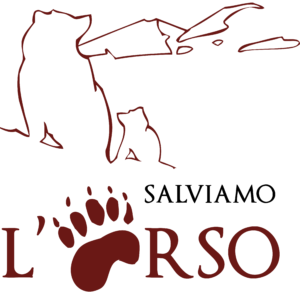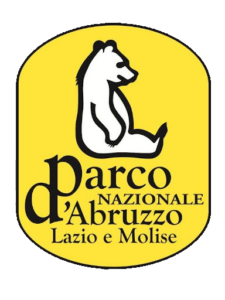Recently, a local news website relating to the Gran Sasso area published a letter from one of its readers without first verifying the veracity of the content and, then, selecting the correct information. Since this letter concerns the presence of specimens of the Marsican brown bear in the Gran Sasso and Monti della Laga National Park, many have questioned whether it could undermine the delicate process of peaceful coexistence between the local communities and the bear in the newly expanding territories of the species, which is also carrying out through the LIFE Bear-Smart Corridors initiative.
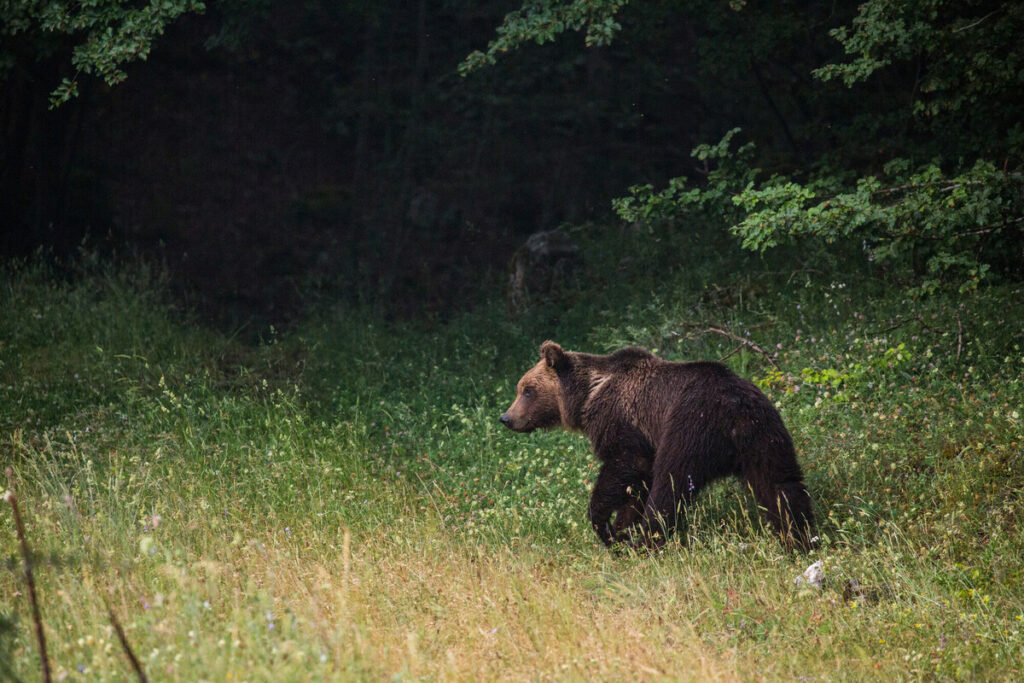
The fact
On 27 May the website www.certastampa.it gave space to a “letter/complaint” from Pasquale Iannetti “man of the mountains, mountain guide, lover of our peaks“. A letter which it was hoped, as the same editorial staff stated, “could be read and understood by environmental web-wise people, by the green Taliban and by all those who feed their ignorance“.
Unfortunately, however, within this letter, clearly permeated by harsh and alarmist tones, there are sensational inaccuracies and countless errors, most likely the result of the lack of knowledge of the guide on conservation biology and the biology of the Marsican brown bear.
Disseminating false information, beyond seriously damaging the work done by bodies, universities and organizations that have been involved in protecting and promoting the spontaneous expansion of the Marsican brown bear population for many years, can be really dangerous for the protection of the bear itself. especially in territories where the bear is slowly and hardly making its return.
As is it normal, the presence of a large mammal such as a bear can easily arouse concern and fear in local communities not used to its presence. However, these fears are often unfounded and deriving from ignorance and unaccustomed living with bears. From this perspective, communications such as that of Mr. Iannetti are truly dangerous, because they feed wrong clichés and fears of citizens, as well as being incorrect towards the communities themselves who live in these villages and have the right to get transparent and sincere information. This feeling of unjustified aversion raises the level of criticism rather than favoring peaceful coexistence.
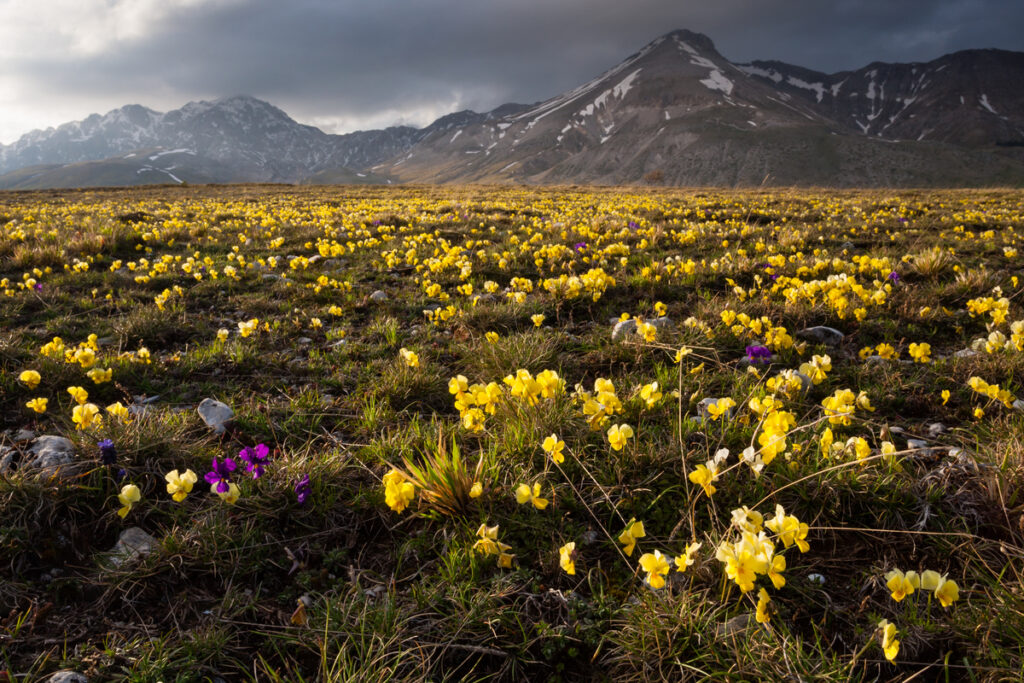
The false information
It is important to reiterate how bear conservation passes through knowledge, awareness and responsibility and for this reason the two main false information contained in the letter in question are denied below.
- “From information obtained from the Park Offices we learned that the two specimens of Marsican brown bear HAVE BEEN REINTRODUCED in the territories of the Gran Sasso and Monti della Laga National Park without the regular authorizations of the Ministry of the Environment”.
As also reported in the subject of the letter itself, Mr. Iannetti affirms, without adducing any proof, that the two male bear specimens, which have frequented the Gran Sasso area for about two years, have been reintroduced without authorisations. This statement is totally false, since not only has no bear reintroduction operation been carried out in the Gran Sasso and Monti della Laga National Park, but the bears in question arrived in the Park territory “on their paws”. The Marsican bear, as it should be well known, especially to the people of Abruzzo, is an animal capable of moving over long distances, it can in fact travel tens of kilometers a day and the presence of individuals in areas where the local communities have no memory of its historical presence is a spontaneous and entirely positive phenomenon for the very survival of the species. In fact, the exit from the risk of extinction of the Marsican bear can only happen if an increasing number of individuals manage to recolonize new and more extensive territories, suitable areas in which to live and reproduce. One of these is precisely the Gran Sasso and Monti della Laga National Park, similarly to what has happened in recent years in the Maiella National Park. In support of this, the facts relating, first of all, to the bear Juan Carrito clearly speak: from the data of the radio collar, it is seen that it reached the Gran Sasso and Monti della Laga National Park and returned back. Before it, other bears from the Abruzzo, Lazio and Molise National Park had reached the Sibillini Mountains, as demonstrated by genetic research data, and then returned. Male bears have a natural tendency to disperse, even hundreds of kilometres, from the place where they are born because the biological purpose is to create progeny away from the closest relatives. However, if the dispersing males do not find available females in the new territory, they tend to go back to increase the reproductive chances, not because the new territory is unsuitable for them to live. Conversely, females move much less from their birthplaces, but the available data show that the phenomenon of expansion of females into new territories is ongoing, albeit slower than that of males. In light of this, imagining the translocation of two males to a new area with no reproductive females has no scientific rationale for the future of the population. So, the bears that frequent the Gran Sasso areas today arrived there on their own and decided to stay for now.
Therefore, the reintroduction statement is a false news.
- “The bears present in the territory of the Gran Sasso and Monti della Laga National Park ARE A NON-AUTOCHTONOUS SPECIES”.
In his letter, Mr. Iannetti also states that the supposed “reintroduction” involved a non-native species of fauna and, therefore, alien to the territories of the Gran Sasso and Monti della Laga National Park. In conservation biology they are defined as “alien”:
the species (also called “allochthonous” or “exotic”), both animal and vegetable, introduced by man, voluntarily or involuntarily, in areas outside their historical and original range.
Precisely for this reason, these statements have sincerely aroused a great stir and interest in those involved in the conservation of the Marsican bear: it is a subspecies of brown bear, endemic not only to the Abruzzo, Lazio and Molise National Park, but the entire Central Apennines, of which the Gran Sasso and the Monti della Laga are clearly part. Not only that, scientific literature as well as historical memoirs have now more than confirmed the unequivocal historical presence of the bear over the past centuries – from artistic representations, for example the Castelli majolica, to the toponyms and surnames of many families with reference to the bear – along almost the entire Italian Apennine ridge. It should be remembered that the bear population in the Apennines has progressively decreased due to anthropic causes and that the time scale of natural processes is much longer than generational memory, which focuses on the memories of grandparents and great-grandparents with respect to the presence of bears. How is it possible then to be able to speak, still in 2023, of an alien species by referring to the presence of two individuals of Marsican brown bear on the mountains that are the symbol of what is called the “Green Region of Europe”?
So, even the statement relating to the fact that the bear is an alien species is false news.
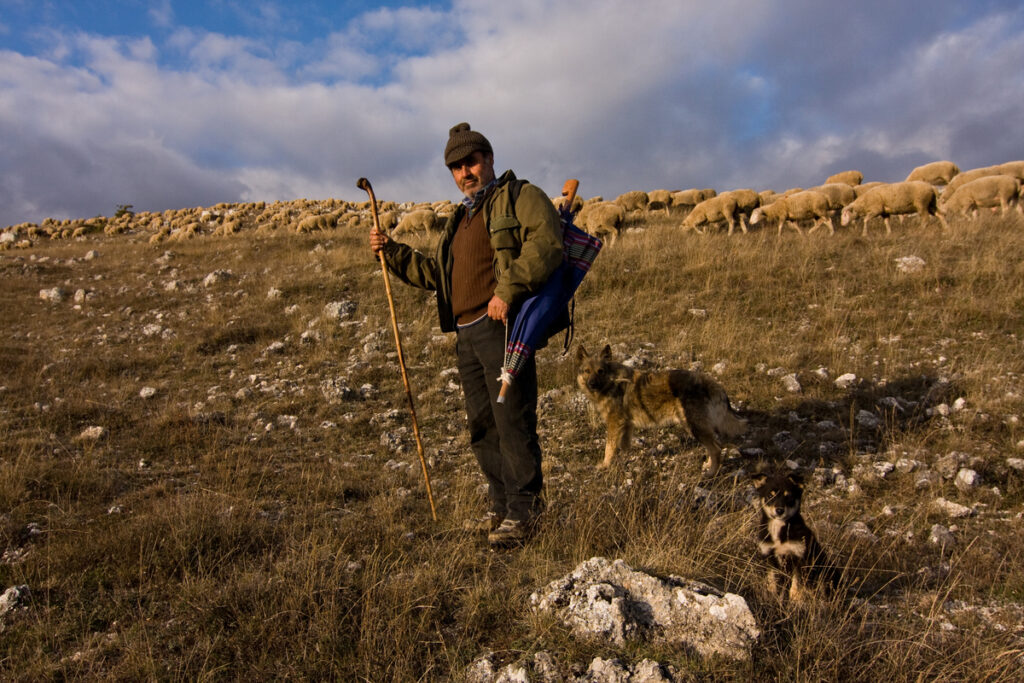
At the basis of coexistence there is always knowledge
In the light of the foregoing, however, in addition to wondering why a “mountain man, mountain guide, lover of our peaks” ignores these facts, which are fundamental to the culture of the region in which he lives, one wonders why such statements are not been subjected to verification by the editorial staff before being published. The question, obviously, does not concern the freedom of thought, which everyone can legitimately exercise, but rather the fact that any and all communication has been lacking in support of clearly false and unsubstantiated news any foundation.
In any case, even for episodes like this, a European project called LIFE Bear-Smart Corridors started in 2022. Among its many objectives, it aims to encourage the spontaneous expansion of the Marsican bear in the Central Apennines through the safety of the ecological corridors that connect areas suitable for the species, such as parks and reserves, and through a process of growing awareness of local communities towards best practices of human-bear coexistence. The ambition is precisely to develop Bear-Smart Communities all together that are proud of their natural riches, that know how to live in harmony with the bears and that see in wildlife opportunities and not threats to their own existence.
This international initiative will help all the institutions and associations involved also to better respond to articles such as the one mentioned above, because they represent real disinformation that damages the territory, the intelligence of the communities and, even more, the bear itself.
To increase people’s knowledge about the Marsican bear, there are several authoritative sources that can be easily consulted:
- The Bear Report editions (IT) drawn up in the last seven years by the Abruzzo, Lazio and Molise National Park (IT/EN) together with all the other Parks in Abruzzo, the Regional Authorities and the Associations that work for the conservation and expansion of the Marsican brown bear.
- The Bear and the Ant (IT/EN), a multimedia project for the dissemination of all the knowledge currently available on the Marsican brown bear.
- Salviamo l’Orso (IT/EN), an association that for over ten years has been involved in promoting human-bear coexistence in the areas of ecological corridors of the central Apennines. Together, Salviamo l’Orso and Rewilding Apennines (IT/EN) carry out concrete actions and support for local communities, and alongside organizations and institutions.
- Monte Genzana Alto Gizio Regional Nature Reserve (IT/EN), the largest regional reserve in Abruzzo which has recently seen its conservation status change from a corridor area to a central area thanks to the constant presence of various individuals.
- Sirente Velino Regional Park (IT/EN), the protected area immediately to the north of the PNALM refuge area which for years has already been frequented by individuals of the Marsican brown bear.
- Gran Sasso and Monti della Laga National Park (IT/EN), a huge and highly suitable territory for the species, which for some years has been frequented by specimens of bear sighted for long periods.
- Maiella National Park (IT/EN), the first of the Central Apennine national parks to have seen the bear return on a permanent basis for many years.

